Length 9.52 m Engine type Reciprocating engine | Weight 1,442 kg | |
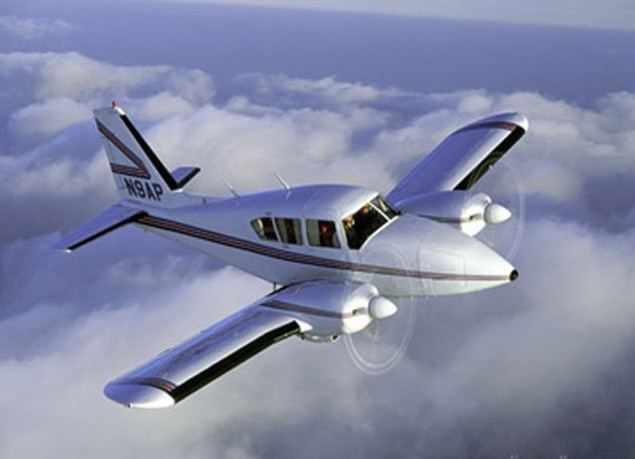 | ||
Gopro 1958 piper pa 23 160 apache flight chino airport touch and go at ontario airport
The Piper PA-23, named Apache and later Aztec, is a four-to-six-seat twin-engined light aircraft aimed at the general aviation market that also saw service with the United States Navy and other countries' military forces in small numbers. Originally designed in the 1950s by the Stinson Aircraft Company, the Apache and its more powerful development the Aztec were manufactured from the 1950s to the 1980s by Piper Aircraft in the United States.
Contents
- Gopro 1958 piper pa 23 160 apache flight chino airport touch and go at ontario airport
- 1962 piper pa 23 250 aztec b aircraft for sale aircraftdealer com
- Design and development
- Variants
- Military operators
- Specifications PA 23 250F normally aspirated
- Accidents and incidents
- References

1962 piper pa 23 250 aztec b aircraft for sale aircraftdealer com
Design and development
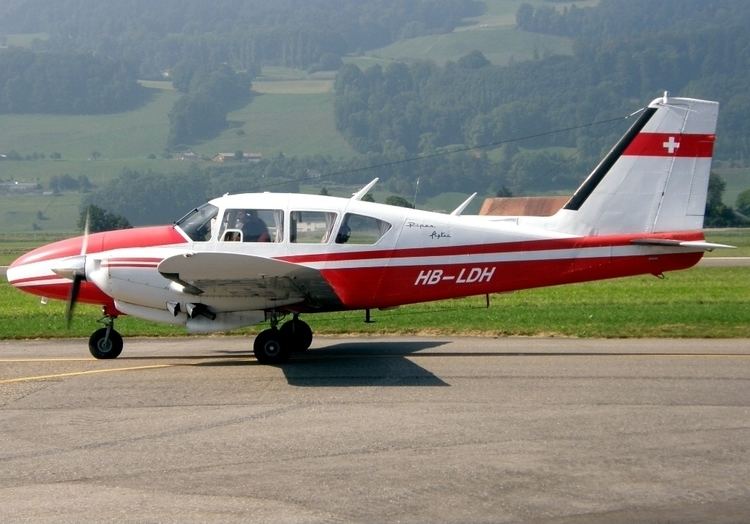
The PA-23 was the first twin-engined Piper aircraft and was developed from a proposed "Twin Stinson" design, inherited when Piper bought the Stinson Division of the Consolidated Vultee Aircraft Corporation. The prototype PA-23 was a four-seat low-wing all-metal monoplane with a twin tail, powered by two 125 hp Lycoming O-290-D piston engines; it first flew on 2 March 1952. The aircraft performed badly and it was redesigned with a single vertical stabilizer and an all-metal rear fuselage and more powerful 150 hp Lycoming O-320-A engines. Two new prototypes of the redesigned aircraft, now named Apache, were built in 1953 and entered production in 1954; 1,231 were built. In 1958 the Apache 160 was produced by upgrading the engines to 160 hp (119 kW); 816 were built before being superseded in 1962 by the Apache 235. With a 1962 price of $45,000, the Apache 235 was a derivative of the Aztec, fitted with 235 hp (175 kW) versions of the engines used on the Aztec and swept tail surfaces (119 built).
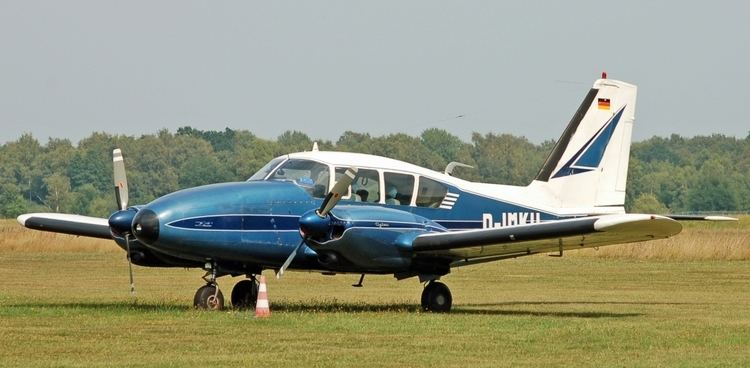
In 1958 an upgraded version with 250 hp (186 kW) Lycoming O-540 engines and a swept vertical tail was produced as the PA-23-250 and was named Aztec. These first models came in a five-seat configuration which became available in 1959. In 1961 a longer nosed variant, the Aztec B, entered production. The later models of the Aztec were equipped with IO-540 fuel-injected engines and six-seat capacity, and continued in production until 1982. There were also turbocharged versions of the later models, which were able to fly at higher altitudes.
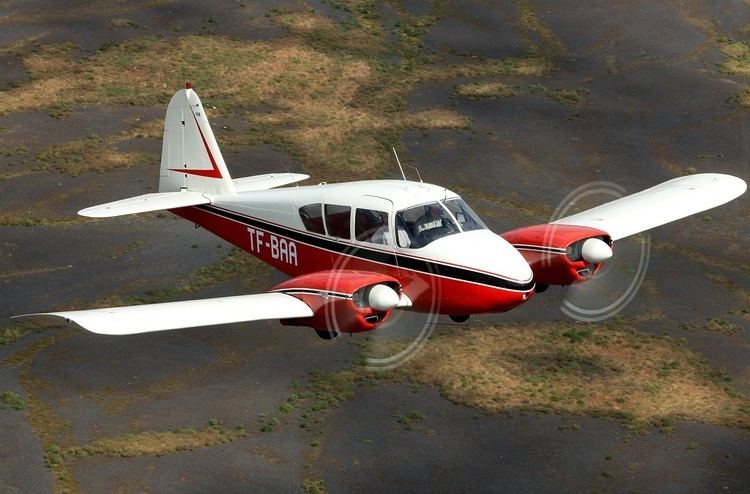
The United States Navy acquired 20 Aztecs, designating them UO-1, which changed to U-11A when unified designations were adopted in 1962.
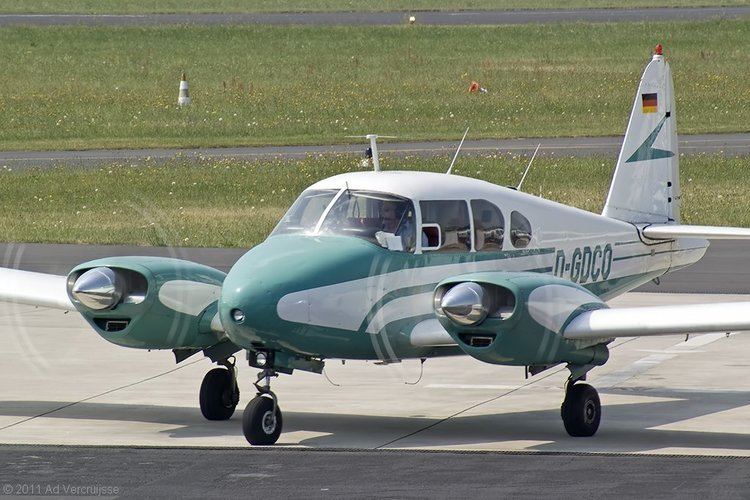
In 1974, Piper produced a single experimental PA-41P Pressurized Aztec concept. This concept was short-lived, however, as the aspects of the Aztec that made it so popular for its spacious interior and ability to haul large loads did not lend themselves well to supporting the sealed pressure vessel required for a pressurized aircraft. The project was scrapped, and the one pressurized Aztec produced, N9941P, was donated to Mississippi State University, where it was used for testing purposes. In 2000, N9941P was donated to the Piper Aviation Museum in Lock Haven, Pennsylvania, on condition that it never be flown again. It is now there on display.
Variants
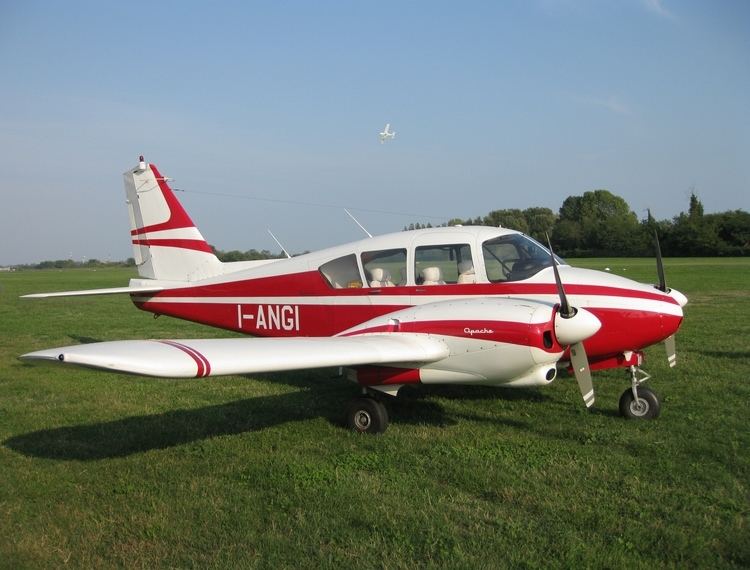
Military operators
Specifications (PA-23-250F, normally aspirated)
Data from Jane's All The World's Aircraft 1976–77
General characteristics
Performance
